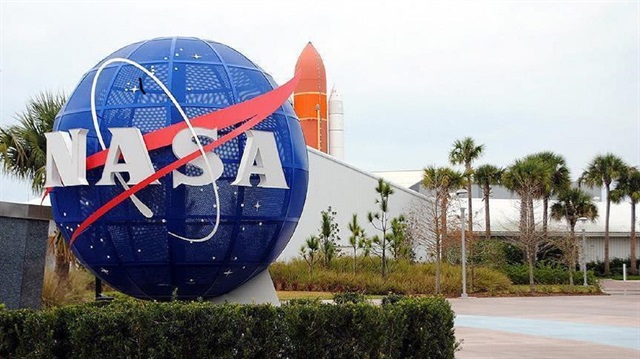
NASA is poised to get the closest look yet at Jupiter’s Great Red Spot, a massive ongoing storm, late o Monday with its Juno spacecraft.
The Great Red Spot is Jupiter’s most famous landmark, having earned telescope-toting admirers for hundreds of years. With a width of 16,000 kilometers (10,000 miles), it could actually swallow two Earth-sized planets.
NASA’s Juno spacecraft will take a peek at the enormous storm at 9.55 p.m. EST (0155GMT) when it hovers just 9,000 kilometers (5,600 miles) above the churning clouds -- close enough for Juno to collect very detailed data about the mysterious storm.
Unlike other spacecraft that have visited Jupiter, Juno’s instruments are specially built to peer though Jupiter’s thick clouds of noxious gas and get a clearer view of the planet’s interior. Juno launched in 2011 and began orbiting Jupiter a year ago.
“Today, our Juno craft is flying over Jupiter's Great Red Spot, kicking off a close-up study of the iconic storm,” a NASA spokesman said in an official statement.
Juno’s dive toward the Great Red Spot will mark its seventh orbit of the planet since entering its atmosphere on July 4, 2016. Each orbit takes 53 days to complete. NASA was unable to collect data from one of the passes because Juno went into safe mode, but the space agency said all eight of Juno’s instruments will be on as it flies by the Great Red Spot.
The Great Red Spot has been raging around Jupiter since at least 1830, according to NASA.
It is likely astronomers in the 1660s were talking about the Great Red Spot when they described seeing a large dot on Jupiter, but it is impossible to know for sure.
Considering even earlier astronomers lacked equipment to clearly see Jupiter, the exact age of the storm is a mystery.














